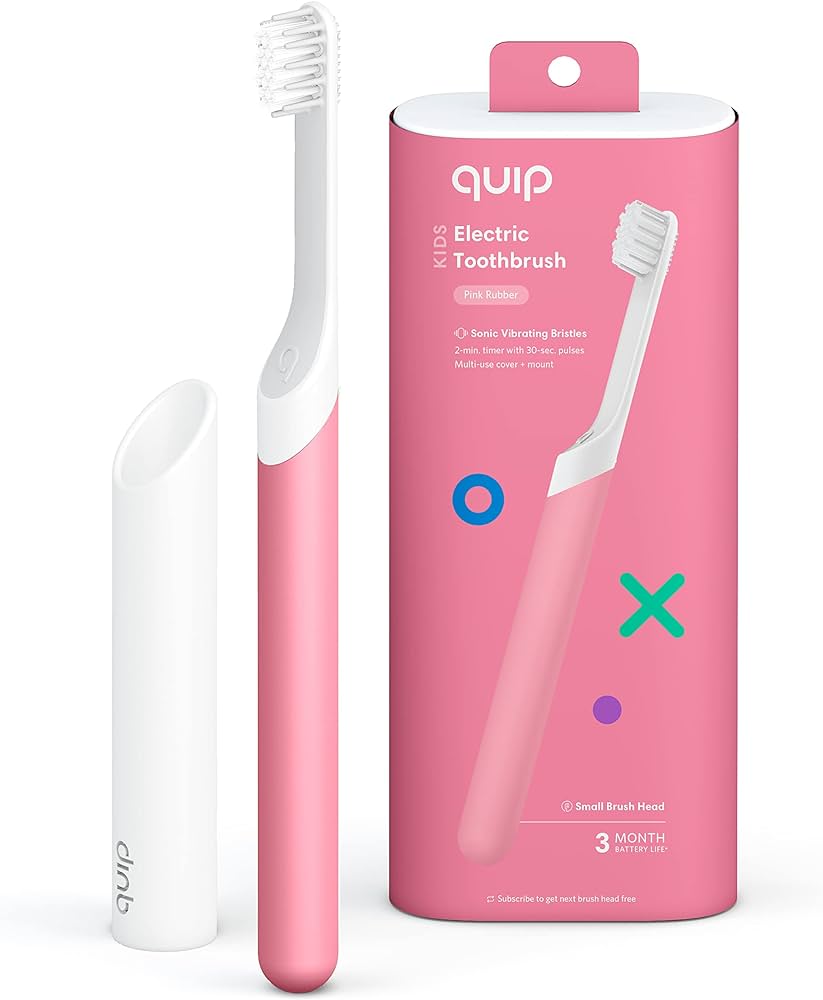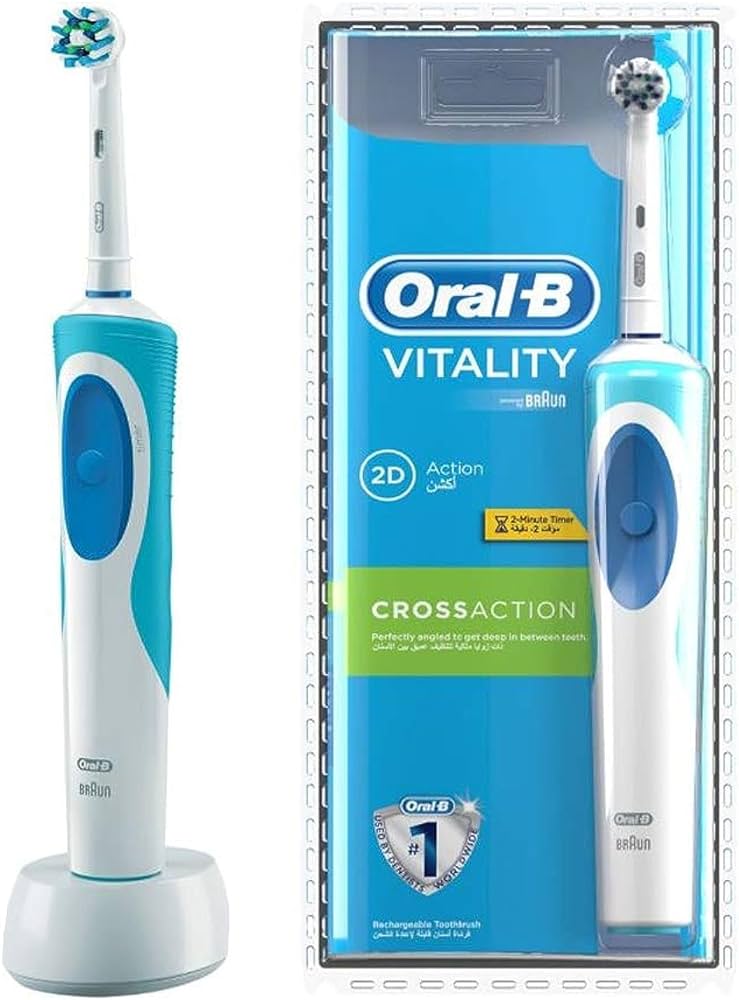Introduction
Maintaining proper hygiene of oral care tools, including electric toothbrushes, is essential for optimal oral health. UV (ultraviolet) light sanitizers have become increasingly popular for disinfecting various items. This article aims to explore the use of UV light for sanitizing electric toothbrushes, discussing its effectiveness, advantages, potential limitations, and recommendations for use.

Can I use UV light to sanitize my electric toothbrush?
Understanding UV light sanitization
UV light sanitization is a method that utilizes the germicidal properties of ultraviolet light to kill or inactivate microorganisms. Consider the following factors:
UV-C light: UV light is categorized into three types: UV-A, UV-B, and UV-C. UV-C light, specifically in the range of 200 to 280 nanometers, has been shown to have the strongest germicidal effects.
Germicidal properties: UV-C light damages the genetic material (DNA/RNA) of microorganisms, preventing them from replicating and causing harm. This process disrupts the microorganism’s ability to infect and spread.
UV light sanitizers: UV light sanitizers for toothbrushes typically consist of a chamber or container with built-in UV-C lights. The toothbrush is placed inside, and the lights emit UV-C radiation to kill or inactivate microorganisms on the brush head.

Effectiveness of UV light sanitization
The effectiveness of UV light sanitization for electric toothbrushes has been subject to various studies. Consider the following factors:
Microbial reduction: Several studies have demonstrated the ability of UV light sanitizers to reduce microbial contamination on toothbrushes. UV-C light has been shown to effectively kill or inactivate a wide range of bacteria, viruses, and fungi.
Common pathogens: UV light sanitizers have been found to be effective against common oral pathogens, including Streptococcus mutans, Porphyromonas gingivalis, and Candida albicans. These microorganisms are associated with tooth decay, gum disease, and oral infections.
Comparative studies: Studies comparing UV light sanitizers with other methods, such as rinsing with water or using antimicrobial mouth rinses, have shown comparable or even superior results for UV sanitization.
Solution: UV light sanitization can be an effective method for reducing microbial contamination on electric toothbrushes. However, it is important to note that UV light cannot reach all areas of the toothbrush, such as the bristle bases or hidden crevices. Therefore, it is still important to follow proper cleaning and maintenance practices in conjunction with UV sanitization.
Advantages of UV light sanitization
UV light sanitization offers several advantages for electric toothbrushes. Consider the following factors:
Convenience: UV light sanitizers provide a convenient and automated method of disinfecting toothbrushes. Simply placing the toothbrush inside the sanitizer and activating it allows for hands-free sanitization.
Time efficiency: UV sanitization typically takes a few minutes to complete, making it a time-efficient solution for maintaining toothbrush hygiene.
Ease of use: Most UV light sanitizers for toothbrushes are designed to be user-friendly, requiring minimal setup and operation.
Portability: There are portable UV light sanitizers available that are small enough to carry while traveling. These devices can be used to sanitize toothbrushes on the go, ensuring cleanliness even in unfamiliar environments.
Solution: The convenience, time efficiency, ease of use, and portability of UV light sanitizers make them an attractive option for individuals seeking an additional layer of toothbrush hygiene.

Limitations and considerations
While UV light sanitization offers advantages, there are some limitations and considerations to keep in mind. Consider the following factors:
Incomplete coverage: UV light may not reach all areas of the toothbrush, particularly hidden or hard-to-reach crevices. This limitation highlights the importance of regular cleaning and maintenance.
Brush head condition: UV light sanitizers are not effective for improving the condition of worn-out or damaged brush heads. It is important to replace brush heads regularly and follow manufacturer recommendations.
Battery life: Portable UV sanitizers may have limited battery life and require recharging or replacement of batteries, which should be considered for travel purposes.
Sustainability: UV light sanitizers require electricity to operate, and some models may have batteries that need replacing. The environmental impact of these devices should be taken into account.

Recommendations for using UV light sanitizers
To make the most of UV light sanitization for electric toothbrushes, consider the following recommendations:
Follow manufacturer instructions: Each UV light sanitizer may have specific guidelines for optimal use. It is important to carefully read and follow the manufacturer’s instructions for loading the toothbrush, duration of sanitization, and any other recommended procedures.
Clean before sanitizing: Before placing the toothbrush in the UV light sanitizer, rinse it thoroughly with water to remove any debris or toothpaste residue. This will help maximize the effectiveness of the sanitization process.
Regular maintenance: UV light sanitizers themselves require maintenance to ensure optimal performance. Clean the sanitizer regularly according to the manufacturer’s instructions to prevent bacterial buildup.
Combine with proper cleaning: UV light sanitization should be used as an additional measure, not as a substitute for regular cleaning and maintenance of the toothbrush. Follow proper cleaning practices, such as rinsing with water and cleaning with soap, to maintain overall toothbrush hygiene.
Safety considerations
When using UV light sanitizers for electric toothbrushes, certain safety considerations should be kept in mind. Consider the following factors:
Eye protection: UV light can be harmful to the eyes. It is crucial to ensure that the UV light sanitizer is designed with appropriate safety features to prevent exposure to UV-C light during operation. Avoid looking directly at the UV light source when the sanitizer is in use.
Compatibility: Not all toothbrushes may be suitable for UV light sanitizers. Some electric toothbrush models may have components that are sensitive to UV exposure or may not fit properly inside the sanitizer. Check the compatibility of the toothbrush and the sanitizer before use.

Conclusion
UV light sanitization can be an effective method for reducing microbial contamination on electric toothbrushes. UV-C light has shown germicidal properties against a wide range of microorganisms. UV light sanitizers offer convenience, time efficiency, ease of use, and portability. While UV light sanitization has its advantages, it does not replace regular cleaning and maintenance practices. It is important to follow manufacturer instructions, clean the toothbrush before sanitization, and continue with regular cleaning routines. UV light sanitizers can provide an additional layer of hygiene for electric toothbrushes, contributing to overall oral health and hygiene.

